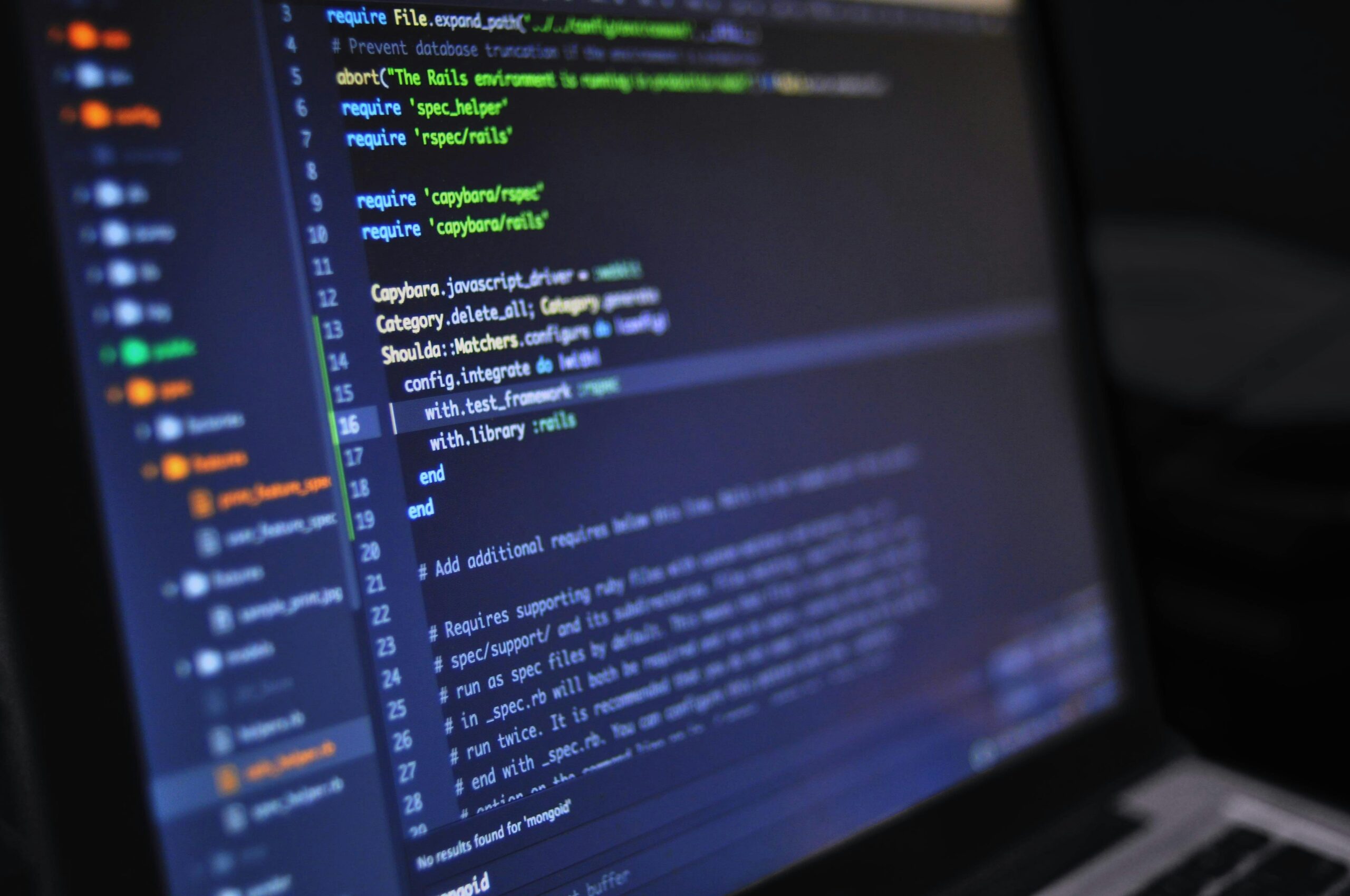No products in the cart.
A Practical Guide On Using React Use State
React hooks are a new feature in React 16.8 that allows developers to use state and other React features This can make it easier to write and understand React components, and can also improve code reuse and organization.
Introduction
To start using React hooks, you will need to have a basic understanding of React itself. This includes concepts such as components, state, and props. If you are new to React,I recommend you to go through the official tutorials and documentation to familiarize yourself with these concepts.
What is react state?
In React, state is an object that represents the parts of a component’s data that can change. It is a way to store and manage component data within a component.
state should be used for values that change within a component, such as a toggle value or a form input value. state should not be used for props that are passed to a component from its parent, as no modification should be made within a component
The most commonly used hook is the useState hook, which allows you to add state to a functional component. To use this hook, you need to import it from the react package, and then call it inside your component. Here is an example of a functional component that uses the useState hook to add a count to its state:
import React {useState} from react;
function Example() {
// Declare a new state variable, which we'll call "count"
const [count, setCount] = useState(0);
return (
<div>
<p>You clicked {count} times</p>
<button onClick={() => setCount(count + 1)}> Click me </button>
</div>
);
}In this example, we call the useState hook inside the Example component, and it returns an array with two elements: the current value of the state (in this case, count), and a function that can be used to update the state (in this case, setCount). The initial value of the state (in this case, 0) is passed as an argument to the useState hook when it is called.
There are many other React hooks that you can use, each of which provides a specific functionality. For example, the useEffect hook allows you to perform side effects (such as fetching data or subscribing to an event) in functional components, and the useContext hook allows you to easily consume context in a functional component. You can learn more about these and other React hooks in the official documentation.
A Practical Guide On Using React Use State
There are many situations where you might use state in a React component. Here are a few practical examples
1. Storing user input:
You can use state to store and manage values that a user enters into a form. For example, you might have a component with a form that includes a text input and a submit button. The component could use state to store the value of the text input and clear the input after the form is submitted.
Here is a simple example of how you might use state to store and manage user input in a functional React component:
import React, { useState } from 'react';
const MyForm = () => {
const [inputValue, setInputValue] = useState('');
// handle change function
const handleChange = (event) => { setInputValue(event.target.value); }
//handle submit function
const handleSubmit = (event) => { event.preventDefault();
console.log(`You typed: ${inputValue}` );
setInputValue('');
}
return (
<form onSubmit={handleSubmit}>
<label> Name: <input type="text" value={inputValue} onChange={handleChange} /> </label>
<button type="submit">Submit</button>
</form>
);
}Explanation
This functional component uses the useState hook to add state to the component. The useState hook returns an array with two elements: the current state value and a function to update the value. In this example, we destructure the array into two variables: inputValue and setInputValue.
The handleChange function updates the value of inputValue when the user types in the input. The handleSubmit function is called when the form is submitted and logs the current value of inputValue to the console. It also clears the input by calling setInputValue with an empty string.
The component’s return value displays a form with a text input and a submit button. The input’s value is set to the current value of inputValue, and the onChange prop is set to the handleChange function, which updates the value of inputValue when the user types in the input. The form’s onSubmit prop is set to the handleSubmit function, which is called when the form is submitted.
2. Managing a list of items:
You can use state to store and manage a list of items. For example, you might have a component that displays a list of items and allows the user to add items . The component could use state to store the list of items and update the list when the user adds or removes an item.
Here is an example of how you might use the useState hook to store and manage a list of items in a functional React component:
import React, { useState } from 'react';
const MyComponent = () => {
const [items, setItems] = useState([]);
//function to handle item change
const addItem = (event) => { event.preventDefault(); setItems([...items, event.target.item.value]);
event.target.item.value = '';
}
return (
<div>
<form onSubmit={addItem}>
<label> Add item: <input name="item" /> </label>
<button type="submit">Add</button>
</form>
<ul> {items.map((item, index) => ( <li key={index}>{item}</li> ))} </ul>
</div>
);
}Explanation
This component has a state value called items that is used to store the list of items. The useState hook is used to add state to the component, and the initial value of items is an empty array.
The component has a form with an input and a submit button. When one submits the form, the addItem function is called. This function adds the value of the input to the list of items by calling setItems with a new array that includes the current items and the new item. It also clears the input by resetting the input’s value to an empty string.
The component also includes a list that displays the items in theitems array. The list is generated using the map function, which iterates over the items array and creates a list item for each item in the array. Thekeyprop is used to give each list item a unique key, which is necessary for React to properly update the list when one adds or removes an item.
3. Toggling an element:
You can use state to store a boolean value that represents the visibility of an element. For example, you might have a button that toggles the visibility of a menu. The component could use state to store the value of the menu’s visibility and update the value on a button click.
Here is an example of how you might use the useState hook to toggle the visibility of an element in a functional React component:
import React, { useState } from 'react';
const MyComponent = () => {
const [isVisible, setIsVisible] = useState(false);
return (
<div>
<button onClick={() => setIsVisible(!isVisible)}>Toggle visibility</button>
{isVisible && ( <p>I'm visible!</p> )} </div>
);
}Explanation
This component has a state value isVisible that stores the visibility of an element. The useState hook function is to add state to the component, and the initial value of isVisible is false.
The component’s return value includes a button that, on a click, calls the setIsVisible function with the opposite of the current value of isVisible. This causes isVisible to toggle between true and falsewhen one clicks the button.
The component also includes an element that displays only if isVisible is true. This is done using a conditional render: the element is wrapped in a pair of curly braces, and the expression isVisible function is to conditionally render the element. If
&&
(element)isVisible is true, the element renders if isVisible is false, the element will not render
Conclusion
In summary, React hooks are a powerful and convenient way to add state and other features to functional components
By using React hooks, you can write cleaner and more reusable code
Take advantage of the latest features in React.





